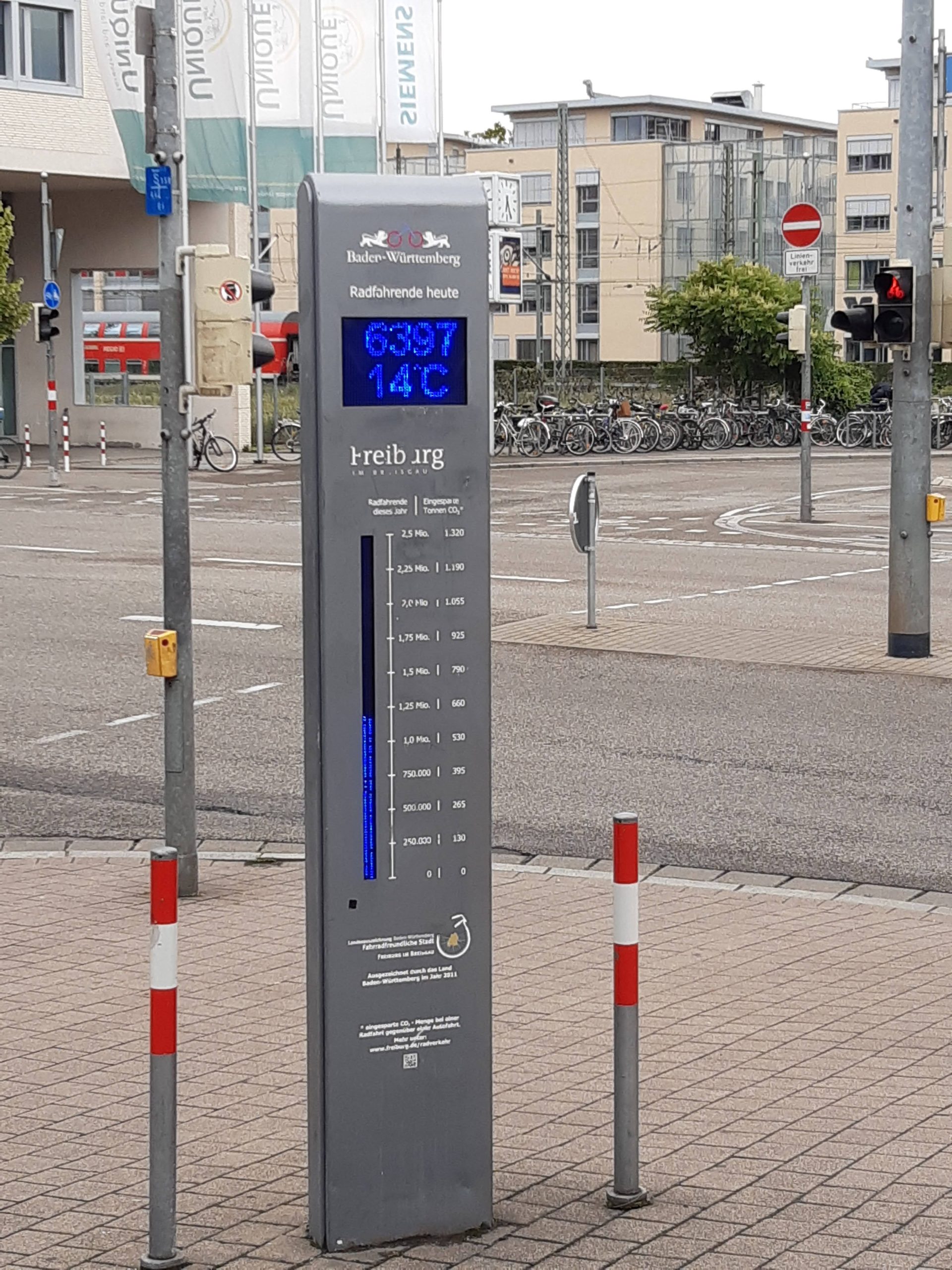
In some cities, bicycle counters have now been installed in busy locations. These record how many bicycles have passed this location on a given day. Firstly, this is intended to raise awareness of sustainable modes of transport and encourage people…
Interdisciplinary teaching

In some cities, bicycle counters have now been installed in busy locations. These record how many bicycles have passed this location on a given day. Firstly, this is intended to raise awareness of sustainable modes of transport and encourage people…
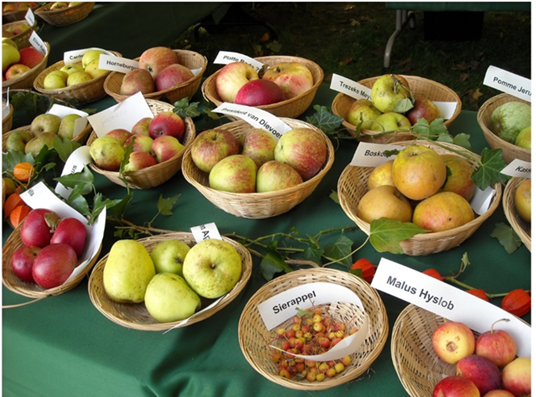
Maria Cortina runs a school canteen. She wants to promote healthy eating and contribute to sustainable development. That’s why she wants to offer fresh apples for sale all year round. There is a wide selection of apples of different varieties…

Being able to deal with smartphone data is an important skill in the modern world of work. In the following task, you will experience this kind of work as you solve a GPS puzzle. Various Levels can be chosen and…

From Escher’s impossible scenarios to the geometric figures that shape graphic poems, many artist have found in math an inexhaustible source to expand their creativity. Thus, the infinity symbol (∞), similar to the Bernoulli’s lemniscate curve, appears in multiple forms…
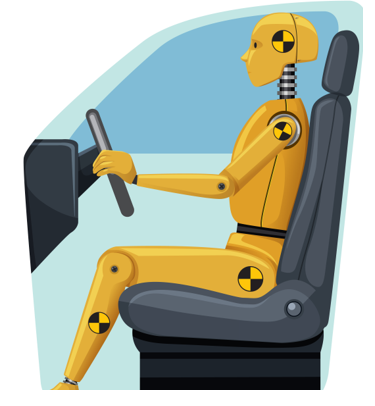
Did you know that according to a study from the University of Virgina, women are 73% more vulnerable than men in a car accident? In addition to the physical and biomechanical differences between women and men (such as the fundamental…
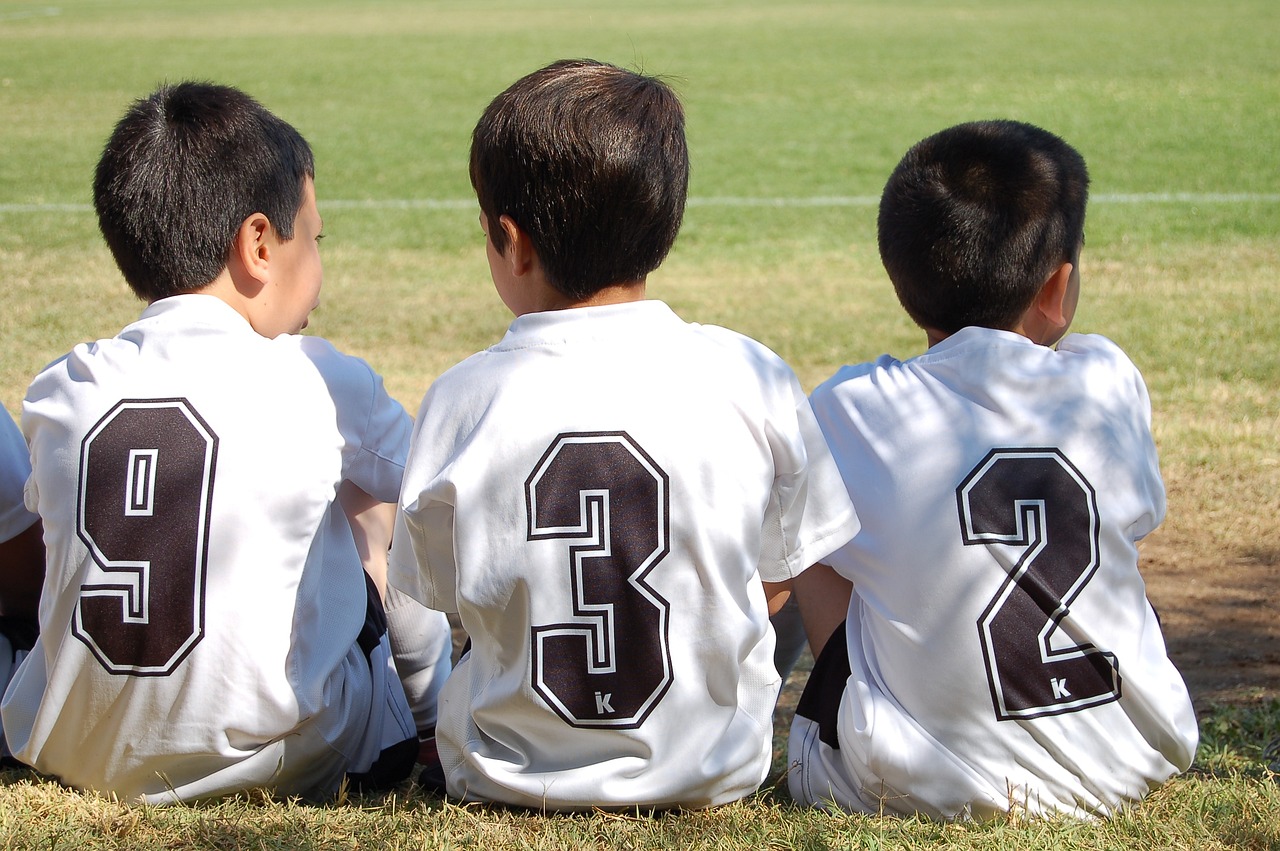
The junior team of the local football club has been promoted to the top division of the regional league after a good season. The sporting success is to be rewarded with new kits for the team. The chairman of the…
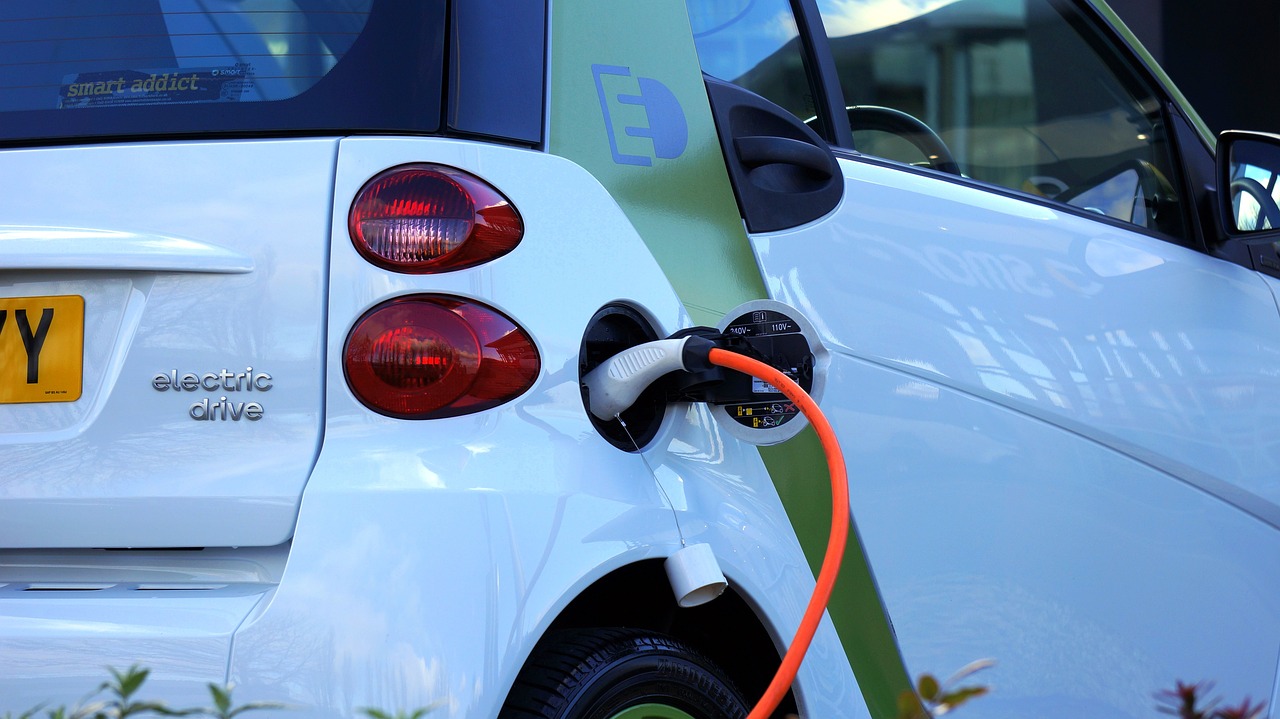
There are so many options of various types of vehicles on the market that it is often hard to know what to choose. Here is a task to help you analyse options and find the type of car that fits…
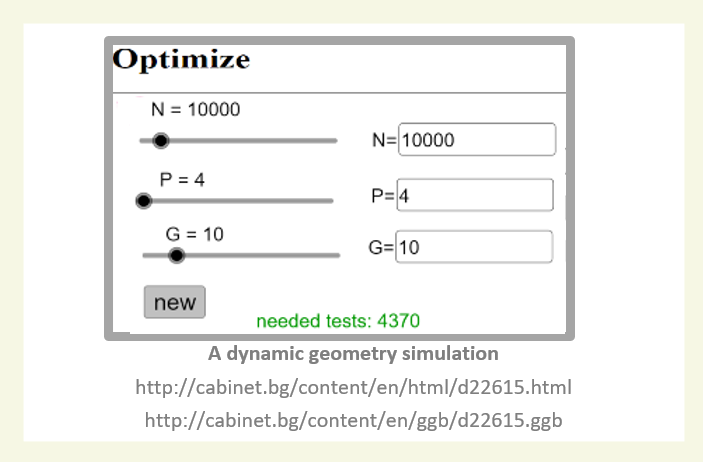
The best case and the worst case testing scenarios are extremely rare in a real setting. You could explore real case situations by means of a dynamic geometry simulation (see simulation link above). Let N be the number of inhabitans,…

Testing large quantities of blood samples to detect one or more positive sample(s) of a virus disease is expensive and time consuming. What if we decide to make pools of samples to optimise the process? How do we do it?…

Will eating chocolate make me gain weight? Use the knowledge that you already possess to attempt to answer this question. Be ready to discuss and present arguments for and against this statement. This is what Jane and Paul had to…